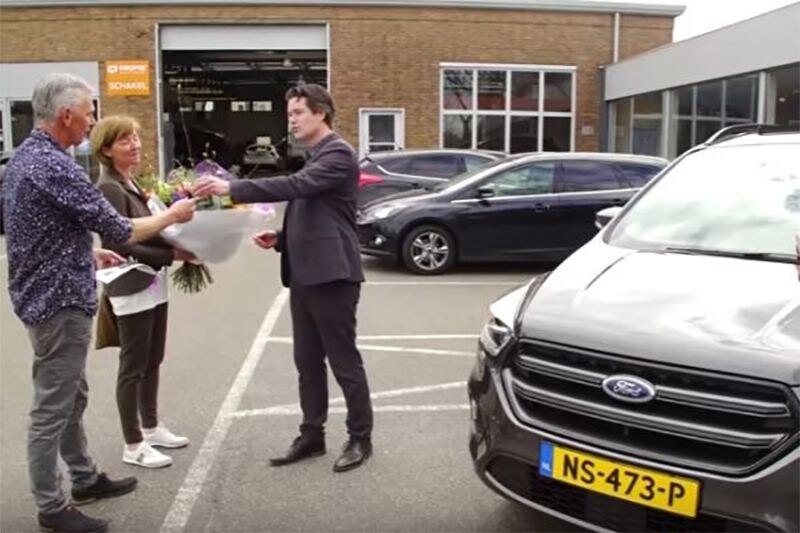
The majority of Dutch people still have a car in front of the door to travel from door to door. That will change in the future, Siemens expects. That is working on an app that should make ‘mobility as a service’ big.
In the Netherlands, traveling with different means of transport per journey is not yet fully established. For longer distances we use either public transport, sometimes in combination with a bicycle or shared bicycle, or the car. Traveling door-to-door with a private car is still the most popular. According to some, it can all be much more efficient if – depending on the facilities – we go from A to B as standard with a combination of publicly available means of transport. This is also known as ‘Mobility as a Service’ (MAAS). For example, you start with a shared bicycle, transfer to a train and then take a shared car to get to your final destination. Siemens Mobility is working for the NS, HTM (The Hague) and RET (Rotterdam) on an app that can plan such trips for you and that combines the best forms of mobility based on costs and availability.
Olivier Gueydan, the CEO of the Dutch branch of Siemens Mobility, gives in conversation with the AD indicates that this app will be released in the spring and that the Netherlands will be the first country in the world where it will be available throughout the country. According to him, this choice can be well substantiated: “The Netherlands is densely populated and has an intricate rail network. The Dutch also embrace new technologies faster than Germans or French and often belong to the early adopters.”
According to Gueydan, the Netherlands will be one of the first countries in the world to embrace MAAS with this and the private car will be referred to the exit: “The car will gradually disappear as a personal means of transport. Plan your journey from door to door, without having to buy a car yourself. needing to own is the future. You can already see that many young people are not interested in owning a car.” Gueydan states that when purchasing a car it is still easy to look around certain costs surrounding a private car, such as the mrb, insurance and parking costs. Aspects for which you no longer pay separately for a shared car or other (future) forms of mobility on demand, such as self-driving vans that come to pick you up at your door one day. There seems to be a belief that a more streamlined – and perhaps also lower – costs should also persuade people to sell the private car and switch to MAAS.
Bottlenecks
Time will tell whether it will actually happen. The vision of Siemens shows a certain optimism, because the NS does not function in a Japanese way, for example, and the shared car does not seem to be very successful here for the time being. More effort will be needed on MAAS to make it attractive to a wider group. Earlier this year, the Mobility Alliance presented a plan for the mobility of the future, which also focuses on MAAS. Recently, the same Mobility Alliance argued for ‘structural investments in mobility’ from the government, because according to this group of companies it has been muddling along for years now.
– Thanks for information from Autoweek.nl